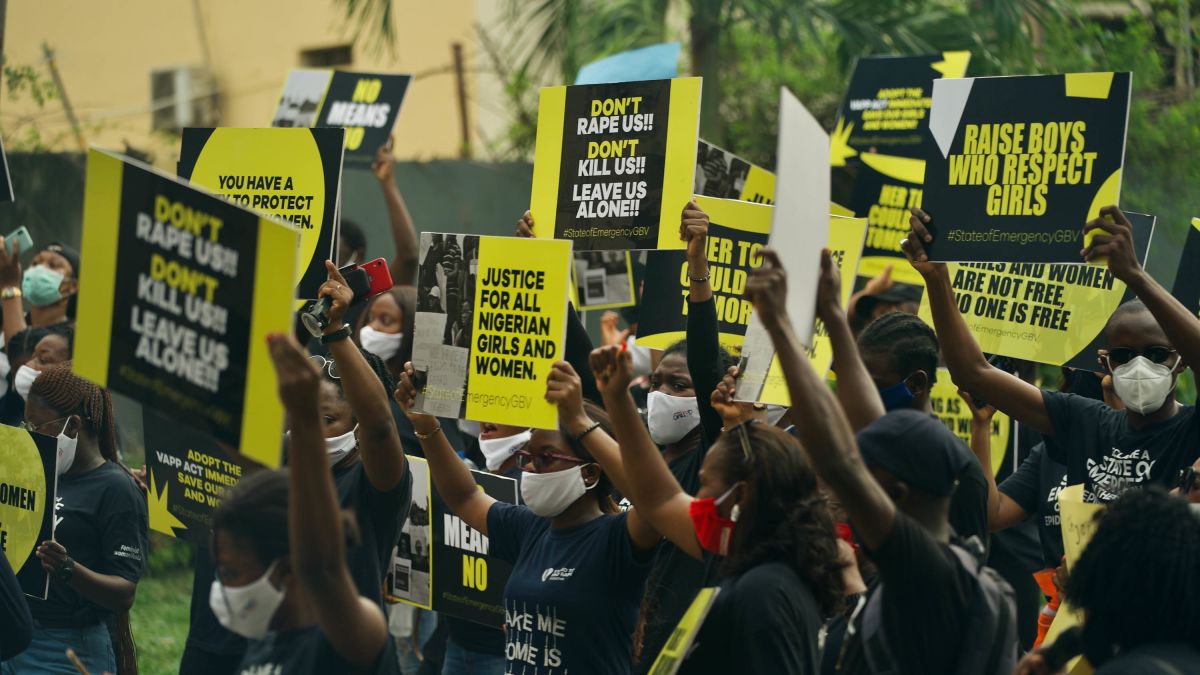In Nigeria, the media continues to play a key role in tracking rape cases where reporting of rape to the authorities remains low.

In a recent study, we examined the coverage of rape incidents in the country. To do the study, we selected two national newspapers with dedicated crime reporting pages. We analysed 331 cases of rape reported by The Punch and The Sun.
Our goal was to sift through the rape coverage to identify the characterisation of victims and rapists. To do this, we analysed data around the age of the victims, the sex of the victims and the age of the offenders. We supported this with victims’ and rapists’ narratives.
We found that over 90% of reported rape victims were females. And 99% of the rapists were male. A third of the female victims were aged between 1 and 10; those between 11 and 20 years constituted 46.1% of the victims and victims aged 21-30 made up 8.4%.
We also found that rapists were mainly people that victims knew, such as fathers, neighbours, clergymen and relatives. Very few were total strangers.
Our research echoes findings in studies done in India and US. The pattern of the vast majority of women being victims of rape has been established in a range of research and the #MeToo movement. Also, our finding that victims are attacked by people they know has been shown to be the case in research in Nigeria.
Characterising victims and offenders of rape enables us to know that the perpetrators of rape were mainly “familiar foes”. Few were strangers. Family members, relatives and neighbours predominated among the rapists, exploiting their knowledge of victims’ vulnerability as well as familiarity.
Rape perpetrators and their victims
The findings showed that the younger females were more susceptible to rape than the older females.
In our analysis, victims between ages 11 and 20 were the most sexually abused. They represented about 46% of the total victims of reported rape for the past five years by the two newspapers. As teenagers are the most represented of this range, this indicates that teenagers are more prone to being raped than any other age category in Nigeria.
Age was also a factor in the profile of perpetrators. Young men aged between 18 and 35 years constituted 43.5% of the rapists. Those between 36 and 55 years constituted 30.2% of the offenders.
The perpetrators, we found, were people in key positions of trust such as fathers, step-fathers, uncles, friends, family friends, cousins, grandfathers and the clergy.
What should be done
Social contexts within which rape are committed must be targeted for intervention while rapists must be made to face statutory punishment. Informal social control, which starts from the family, should incorporate security training. Third party guardianship may be predatory and parents of children in the susceptible category as discovered in this study must create and secure a safe environment to reduce victimisation. At all levels of governance, post rape therapy is needed for victims to aid recovery of their self worth.
 Quelins – Relationship, Sex, Marriage and Health News around the world Quelins Blog is an online magazine about relationships, love, information about marriage, partnerships and issues patterning to all that.
Quelins – Relationship, Sex, Marriage and Health News around the world Quelins Blog is an online magazine about relationships, love, information about marriage, partnerships and issues patterning to all that.




